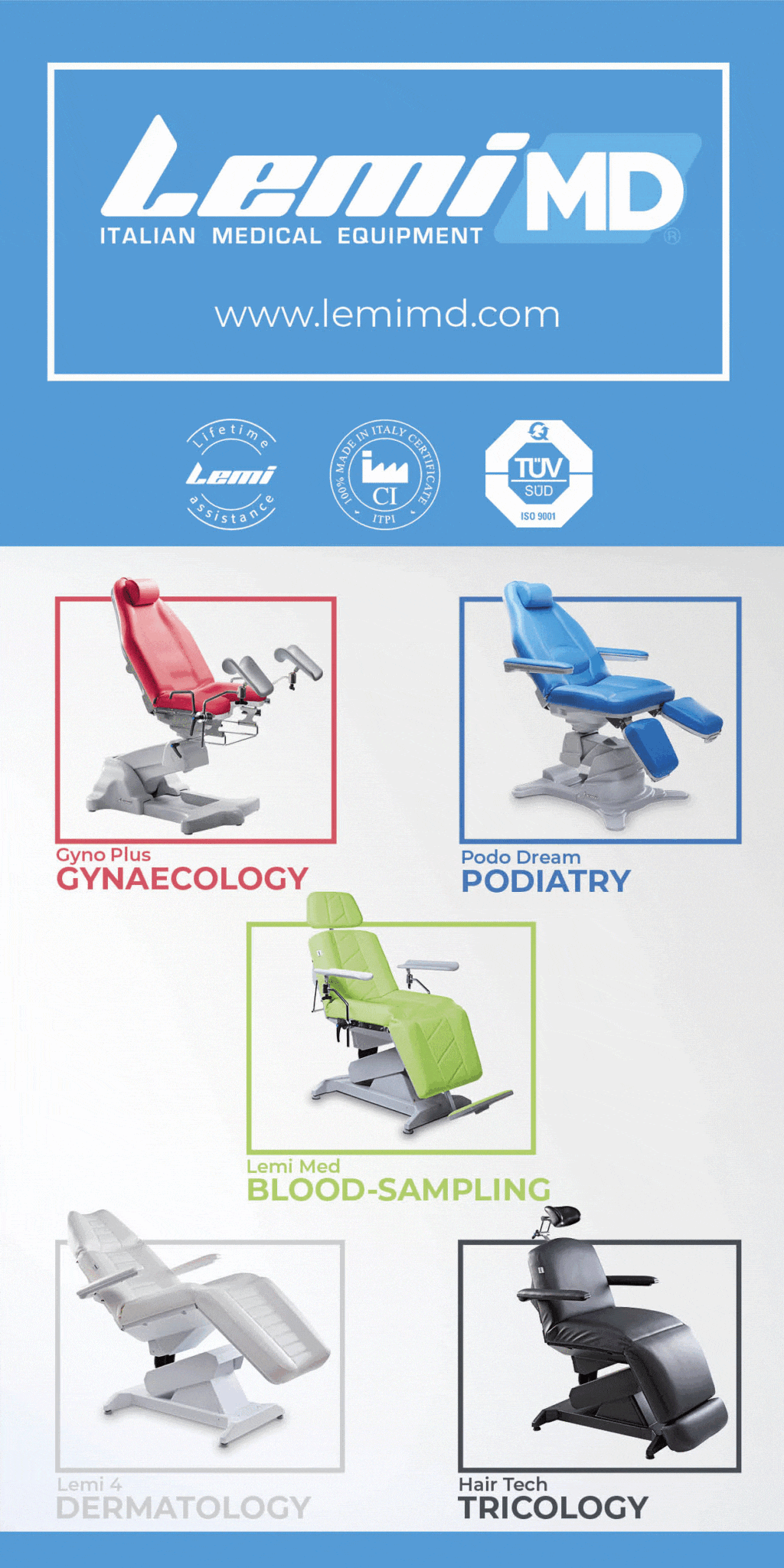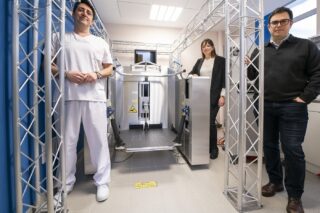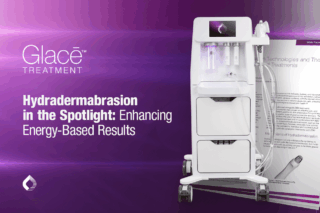The new platform CellAction aims to accelerate cell and gene therapies for cancer. Set to relocate next year, it will launch a clinical trial combining immuno-epigenetics and CAR-T therapies for primary cerebral lymphoma in 2025, followed by the EpCART project in 2026 to treat solid tumors.
The Institut Curie has launched CellAction, a new platform designed to accelerate the development and access to innovative cell and gene therapies in France. This initiative, part of the Paris-Saclay Cancer Cluster (PSCC), aims to enhance the treatment of various cancers, particularly through the use of CAR-T cells (chimeric antigen receptor), which have shown significant promise in recent years.
CellAction is an unprecedented project in France, bringing together exceptional medical-scientific expertise and cutting-edge equipment in a single integrated structure. This unique environment fosters collaboration between the public and private sectors, expediting the transition from fundamental research to clinical application and patient treatment.
While CellAction is currently located in the innovative medical center and biotech hub DocCity Suresnes, it will permanently relocate to the Saint Cloud site of the Institut Curie by 2025. The platform will eventually cover 600 square meters and employ 38 people by 2030. It has secured €13.7 million in funding, including €11.7 million from the PSCC and €2 million from public donations. Nearly €6 million has been invested in cutting-edge equipment, unique in France.
We learn more about the CellAction platform and projects with upcoming clinical trials in an interview with Marion Alcantara, Medical Director of CellAction.

MedicalExpo e-Magazine: Can you tell us more about CellAction?
Marion Alcantara: The main objective of CellAction is to develop GMP-ready products. When you want to inject cell and gene therapies into patients, the products must be manufactured in GMP conditions. It’s not the case when you’re just testing your cell and gene therapies for research purposes. So, you have the research grade for the research and the GMP grade of cell and gene therapies when you want to go into the clinics. Often, most researchers are working on research with researchers in a research grade but the clinicians want to have GMP products so that they can run clinical trials. And there is a gap between these two worlds. We want to change this.
We have highly qualified scientists and a technical team with an integrated medical environment and involving process development consultants and specialists in process development. The process development is how you go from research grade to GMP or clinical grade.
MedicalExpo e-Magazine: What are the cutting-edge technologies and equipment at CellAction?
Marion Alcantara: If you come to us, what you’re going to see is a research and development lab, but with everything new and very, very well equipped, because as you can imagine, with such a great funding, we’ve bought everything new in terms of instruments and equipment. You’ll see different kinds of laboratories with different levels of confinement, which make us able to work with human cells and to manufacture CAR-T cells, but again, not to inject it into the patients, only to develop the protocol that will make us able to translate this into a GMP manufacturing structure.
Some examples of innovative instruments are the CliniMACS Prodigy machine associated with the CliniMACS Electroporator machine and the z-Movi from Lumicks. The complete manufacturing process of the semi-automated prodigy occurs in a closed system – from the starting material to the final cell product. With the electroporator, you can do additional genetic modifications and improve these cell and gene therapies by doing some knockouts with CRISPR-Cas9, for example. The z-Movi is a unique instrument that measures the avidity between immune cells and their targets.
The CellAction platform features the Z-Movi®: a patented microfluidic device unique in France, which subjects cells (target and effector) to an acoustic wave. The wave separates the cells more or less rapidly, depending on cell avidity (i.e. the forces and interactions between cells), providing precise information on cell-cell interactions.




MedicalExpo e-Magazine: Why are you planning on relocating next year?
Marion Alcantara: The relocation provides our team at CellAction with an integrated structure with everything from the computer to the in vivo platform. We’ll have an animal facility in the new structure for in vivo experiments, which is not the case now. Also, we’ll be in the hospital of the Institut Curie where we can return to the CellAction lab after seeing patients quite easily.
MedicalExpo e-Magazine: Can you discuss the potential patient benefits?
Marion Alcantara: The potential here is to help patients benefit from early-phase clinical trials because our main goal is to accelerate the translation of innovation from the bench to the bedside. When projects are still in research rate, they can keep on like this for years in research. Once we’re ready to go to the clinic, we have to pass through the development process. We’re cutting down time, often in terms of years. They already do this in the US, but this is a first for France.
MedicalExpo e-Magazine: Tell us about the 2025 and 2026 clinical trials scheduled.
Marion Alcantara: Both clinical trials are in collaboration between Institut Curie, Mnemo Therapeutics, and the MEARY Center for Cell and Gene Therapy. In fact, MEARY Center for Cell and Gene Therapy is the cell and gene therapy GMP structure of APHP, which is a big hospital in Paris. Mnemo Therapeutics is a spin-off of both Institut Curie and MSKCC, and they have the patent for both 1XX and, most importantly, for SUV knockout, meaning that they have the patent to do this epigenetic reprogramming of the CAR-T cells that we are developing in the two trials. The difference between the two trials is one trial focuses on solid tumors expressing mesothelin, and the other focuses on brain lymphomas that express CD19.
The CAR-T cells in both trials are based on a 1XX design, designed and developed by Michel Sadelain at MSKCC. In this design, they have mutated some domains of the CAR and, at least in the preclinical setting, they outperformed the CAR-T cells that are currently commercialized.

We took this mutated backbone of the CAR itself and added an epigenetic reprogramming. These CAR-T cells are directed against different targets, either mesothelin for the solid tumor trial or CD19 for the brain lymphoma trial. As with all early-phase clinical trials, we’ll determine the level of toxicity. These CAR-T cells are new and innovative, so we need to analyze the effects. I expect they are not toxic and believe we’ll find that we can go on and treat more patients with these CAR-T cells because the toxicity profile should be acceptable and favorable.
![[Q&A] CellAction: A New Era in Cell and Gene Therapies at Institut Curie](/wp-content/uploads/sites/9/cellaction-1000x596.jpg)










